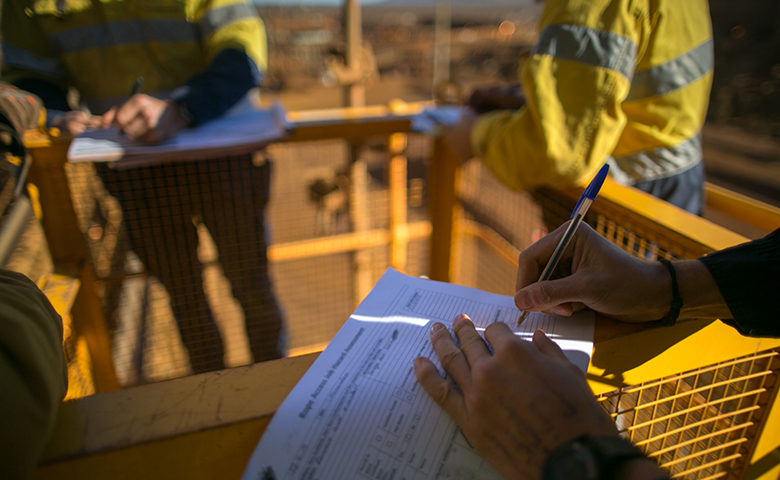The Beatles famously sang, “I get by with a little help from my friends.” And sometimes, the best friend that safety and operations folks can have is someone who can conduct a proper safety assessment or audit.
A thorough safety assessment and diagnostics program can reveal unexpected insights and offer new life to a safety program. It can be invaluable to get a fresh perspective on your safety management system. Keep in mind the following five areas as you consider the benefits of a safety audit, assessment or diagnostic service.
Leadership surveys
Safety starts at the top—and safety assessments should too. Leaders’ opinions on safety are an important marker of the overall state of affairs for workplace safety. Accurately measuring the opinions and beliefs of senior executives and then validating them against worker opinions, industry-wide data and best practices is an essential step in comprehensive safety assessment and diagnostics.
Leadership surveys should take the pulse of managements’ attitudes towards safety management, human factors, operational priorities and other key issues. A well-crafted safety leadership assessment will also determine the willingness of key individuals to lead by example and champion safety-specific values.
Any survey of a company’s leaders should include the entire team, as this will paint a clear picture of the organization’s approach to safety (including any issues that may be overlooked). The combined responses will provide a thought-provoking appraisal of the organization’s current situation.
Establishing baselines
You can’t know where you should improve if you don’t where you’re starting. It’s important to have a solid understanding of how your workplace is performing in several key areas, including:
- detailed incident data, including recordable injury information that can be analyzed by type, severity, location, time of day, and other data
- employee engagement, including attitudes and beliefs regarding personal and organizational safety
- safety knowledge, including site-specific safety procedures and general awareness of key concepts like human factors and risk perception.
Having this information will allow the organization conducting the assessment to hone in on what your company’s doing well, noting where it needs improvement, and charting the best course for future safety initiatives.
Variable mapping
Every worksite has dozens of different contributors to safety performance on a daily basis. These variables range from weather conditions and production volume to employee engagement and supervisors’ communication skills. Many of them are known to EHS managers, though their full impact may not be completely understood. Almost always, unknown variables also lurk about, going undetected as they cause or contribute to safety issues.
Documenting and mapping out on-site safety variables goes hand in hand with establishing baselines. A good safety assessment service should uncover all the variables at play, document the manner and degree to which they put workers at risk, and then map out how they interact.
Many of the variables that affect safety will also have an impact on productivity and other company processes. One of the bonuses of effective variable mapping is that it will highlight factors that, when addressed, will improve production results as well as reduce the risk of injury.
Data analysis and pattern detection
Many of the answers to your company’s most pressing safety questions are in the data you already gather. But just because the information is there doesn’t mean it’s always evident. Sifting through incident data can feel like combing the desert, and in many cases, you may not even be fully aware of what you’re looking for.
Some organizations miss the human factors element of the data. Sifting through safety data with a fine-tooth comb can mean that some details get lost among the noise. And many in-house safety professionals are too close to the information and can’t see the forest for the trees.
A safety assessments and diagnostics vendor can provide a fresh set of eyes to analyze data, detect hidden patterns, and, when necessary, make changes to data collection methods so that more useful information is being captured more regularly. And once that happens, the stage will be set for the safety audit to provide recommendations.
Recommendations and planning
Conducting surveys and studying data is useful—but only if you know how to act on the information. Any comprehensive safety assessment and diagnostics provider should help you develop a clear and practical action plan based on their findings.
This plan should include step-by-step guidance on what to do, how to do it, and what pitfalls to avoid. It will take into account your company’s injury data, current safety realities, and desired future state. Most of all, it should be realistic. For example, your company has challenges with employee engagement, the recommendations from the safety audit should include measures to bolster safety culture.
At the end of the day, it’s up to your organization to execute the safety plan. But a good provider of safety assessments should be able to provide you with support along the way, especially in areas where you may lack in-house expertise, like education and training on human factors.

